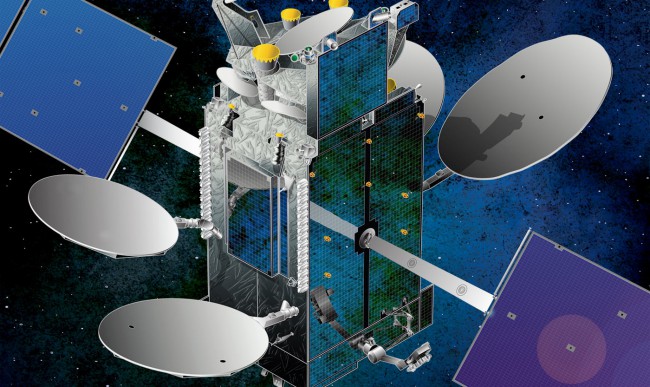
Now, when photonic chips are a reality, they must pass the last, most important test: in space. NASA is developing photonic integrated modem, which will be used to test high-speed laser communications between Earth and spacecraft in low-earth and geostationary orbits. The space Agency plans to test photon chip on Board the International space station in 2020.
In contrast to experiment finding LADEE laser communication, implemented in 2013, the new experience is confined directly under the practical use of the LCRD laser communication system should be operational two years after testing.
Of course, the technology still requires considerable refinement. Modem NASA will be ready for testing aboard the ISS only by 2020, and currently it is too cumbersome (its size is comparable with two ovens). However, this system can greatly improve communications between spacecraft and control centres on Earth. With a channel width of 10-100 times the current that the device can deliver more scientific data and video at interplanetary distances — imagine what would happen if the Rovers will be able to send the movies instead of rare photos. In addition, photon electronics will consume significantly less power and take up less space, so even the small probes will be able to transfer huge amounts of data.
According to the materials Engadget.com
